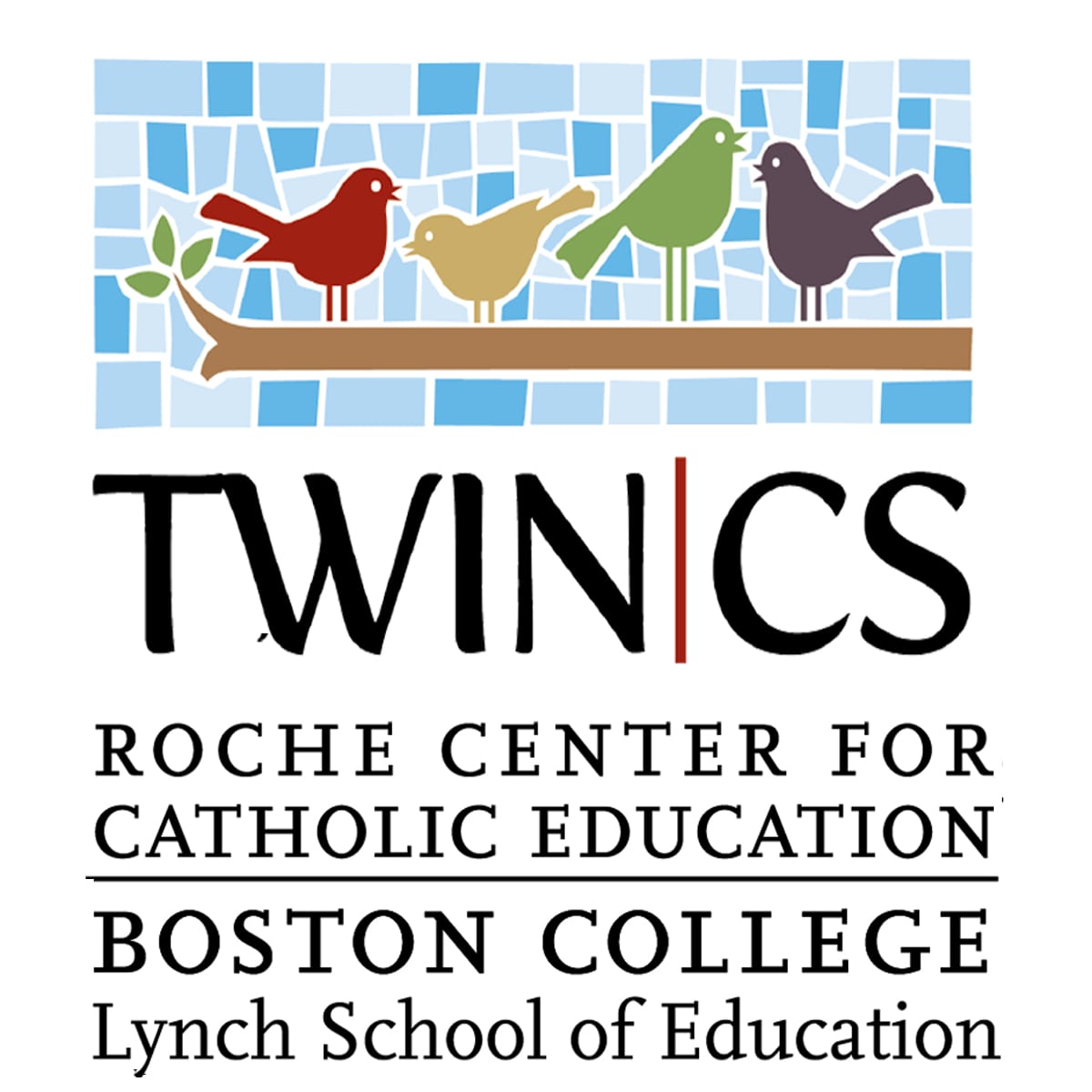Providence Journal recently published an opinion piece authored by Rabia Hos, an assistant professor of education at the University of Rhode Island, and Erin L. Papa, an assistant education professor at Rhode Island College. This opinion piece advocates for the expansion of dual language programs into the state of Rhode Island with respect to upcoming legislation. World Language and Dual Language Immersion Act (S-0198 and H-5192) would establish “a dual language program fund and a world language and dual language immersion specialist position at the Rhode Island Department of Education to lead and coordinate efforts across the state.”
Hos and Papa compellingly argue their case for multilingual education. According to the article, more than one in five Rhode Islanders speak a language other than English at home; this is aggregated by recent census data that shows English Language Learners (ELLs) as the fastest growing student population in RI, specifically a 40% increase over a five-year period.
The linguistic diversity of RI is immense with ELL populations speaking Spanish, Portuguese-based Creoles, Arabic, Portuguese, Mayan languages, and Chinese. These languages, according to the article, are pivotal to RI’s economy, and “Rhode Island employers across sectors recognize the value and critical importance of a multilingual workforce — for international trade, health care, education…”
Hos and Papa cite evidence from a 2017 report from the Annie Casey Foundation which states that “Latino children in Rhode Island were found to be last in the nation in terms of progress on the national and state levels in key education, health and economic milestones.” To this point, Hos and Papa assert that dual language education is crucial for the academic development of ELLs and that, through such programs, RI “has the opportunity to capitalize on its linguistic and cultural strengths and position itself as an educational leader, preparing its youth for careers in the global economy.”
Linguistic diversity is growing in all parts of the nation and we are beginning to see states follow dual language education as the best possible recourse for ELLs. Please find the complete article here.

